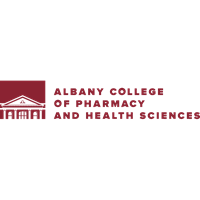Below is a summary of the abstract you submitted. Presenting author(s) is shown in bold.
If any changes need to be made, you can modify the abstract or change the authors.
You can also download a .docx version of this abstract.
If there are any problems, please email Dan at dar78@pitt.edu and he'll take care of them!
This abstract was last modified on March 20, 2023 at 11:36 a.m..

The aim of the Science Education Alliance-Phage Hunters Advancing Genomics and Evolutionary Sciences Program (SEA-PHAGES) was to isolate novel phages from soil samples and to conduct a comprehensive analysis of their genome. Soil samples were obtained from the environment, and an enriched isolation method was employed to isolate the novel phage, NorManre, which infects Gordonia rubripertincta. The phage was subsequently purified via a series of four serial dilutions, and the resulting purified sample was amplified utilizing the webbed plate technique. Using TEM imaging, NorManre was identified as belonging to the Siphoviridae family which is characterized by an icosahedral capsid and a long non-contractile tail. NorManre DNA was extracted and analyzed using restriction digest to determine how it compares to other known phages. The NorManre genome was then sequenced and auto-annotated in DNA Master using Glimmer and GeneMark algorithms. NorManre is 68,848 base pairs in length and contains approximately 102 genes. Using the coding potential data, RBS score, and comparative genomic tools such as Pharmerator, Staterator, and NCBI Blast, the start of the gene was changed, and some genes were added or deleted. The function of the proteins was predicted using HHPred, NCBI Conserved Domain Search, and the official SEA-PHAGES function list. Most of the genes were hypothetical proteins, while some coded for structural and DNA replication proteins. We successfully annotated the genome, and this study provides insight into the diversity and evolution of bacteriophages.
